The Simple Yet Useful Samovar
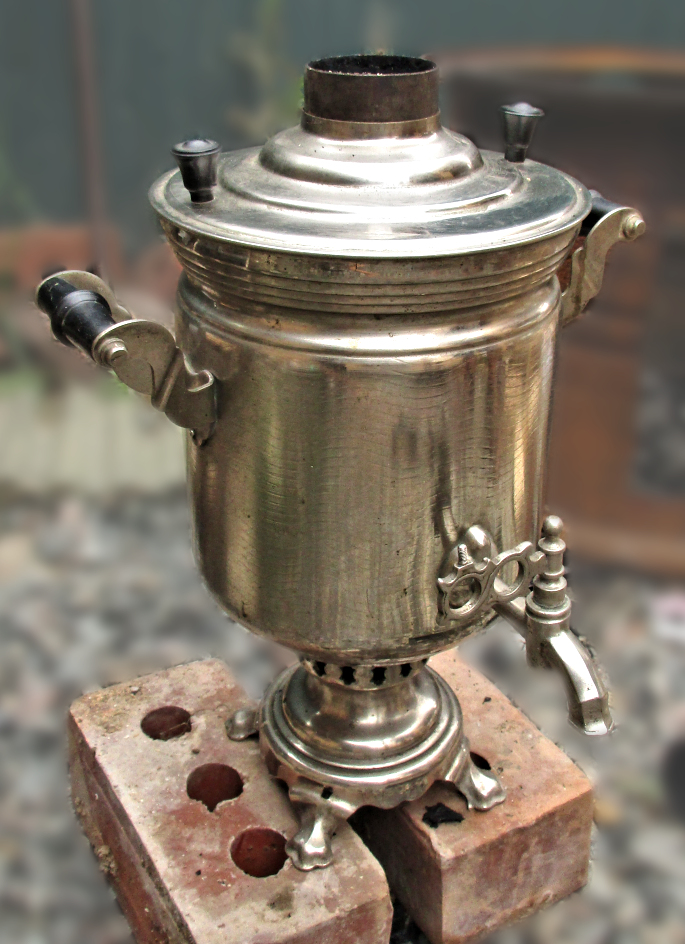
Tea is a huge part of the culture here in Central Asia. Whenever I order tea with a meal, for about 30 SOM (45 US cents), I usually get a huge teapot with close to a liter of hot tea—it is almost like a bottomless pot. And it always stays hot throughout my meal.
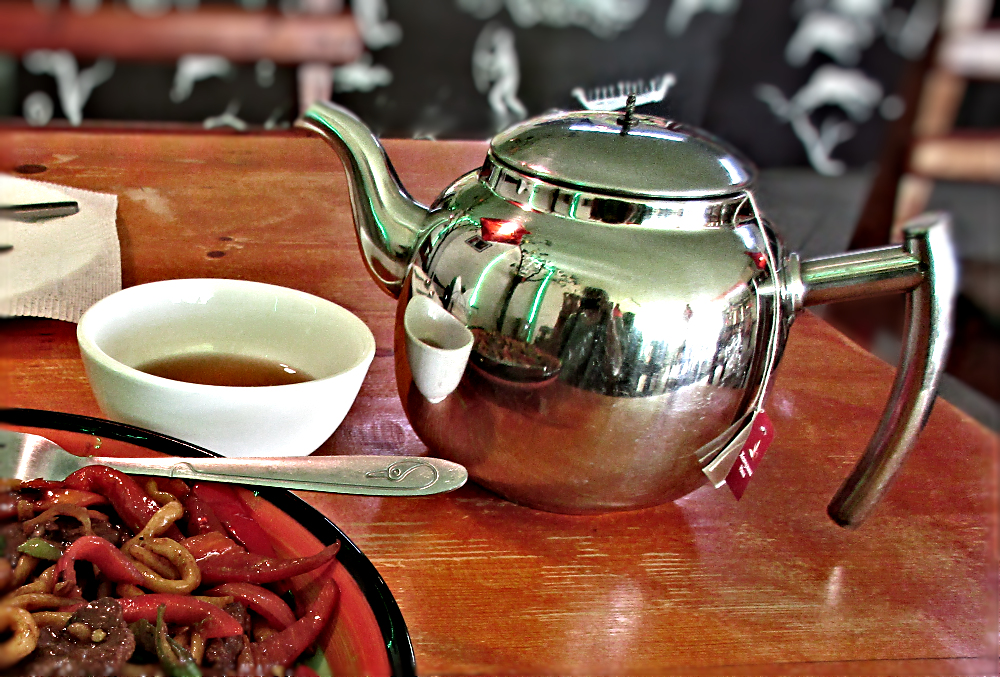
Endless supplies of hot water are very important when feeding large groups of people. I had read of samovars in novels. For example, someone in a caravan would ride ahead and “prepare the samovar” for tea. But I really did not know how they worked, or even what they looked like. When Tynch, my host in Karakol, showed me, I was enchanted. Such an ingenious invention! And they are still in regular use here.
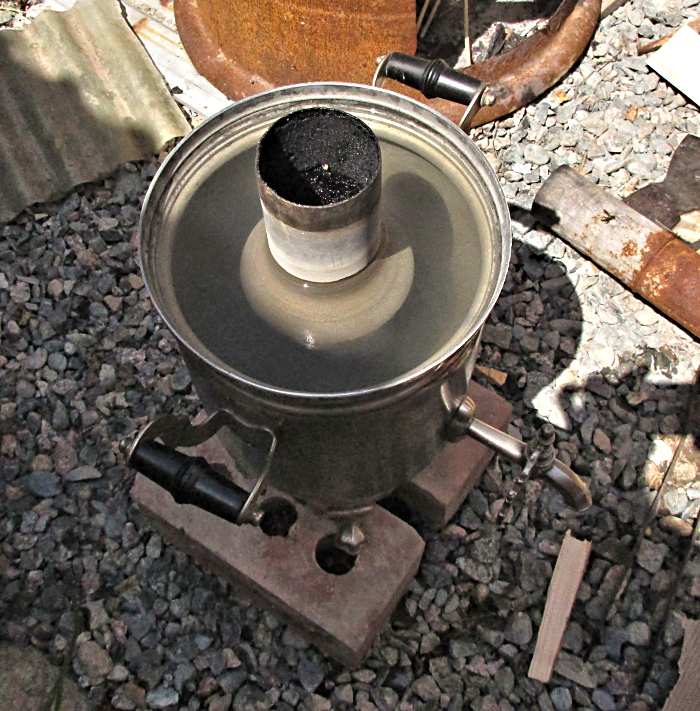
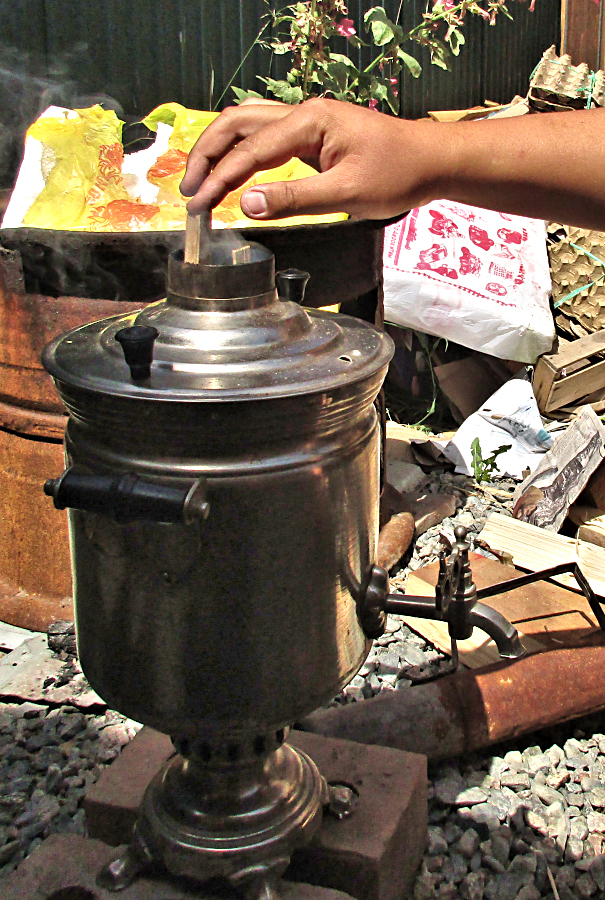
In the center of the large kettle of water is a tiny fireplace, complete with chimney! A small fire is built and before long the water surrounding the chimney is boiling. It is easy to top up the water any time. Once the water is hot, the chimney can be removed, and a lid is put on top. Then the samovar can be brought to the dining room—with coals still glowing inside. The water will stay hot for hours.
Tynch told me that whenever there is a big party, the young boys, about ten or eleven years old, are put in charge of the samovars. They chop wood into little pieces, keep the little fires going, and continuously top up the water, all during the party. That is how he learned to use one.
Although they are slowly being replaced in cafes with electric water heaters, the samovars are very useful where there is no electricity.
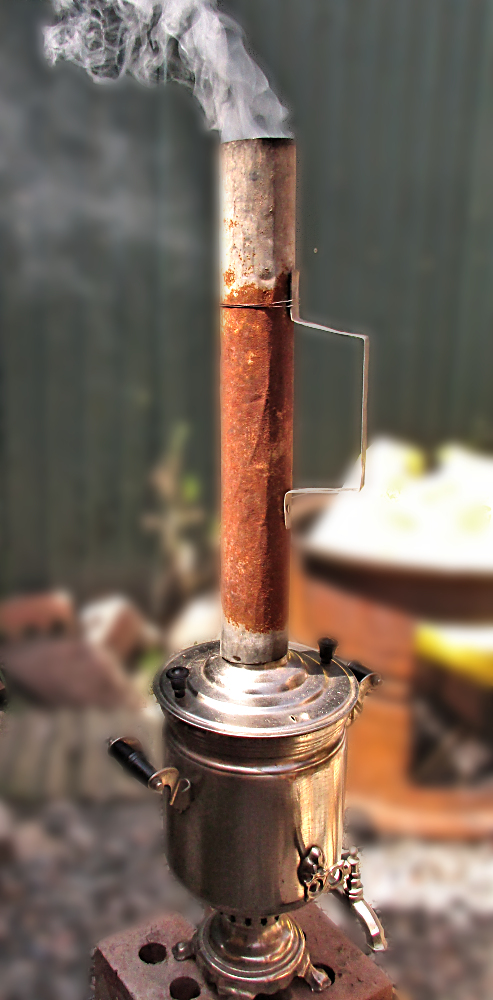
This giant samovar provided tea water for the Jyrgalan Summer Festival. There was no electricity on the site and all the food was prepared over open fires. Two teenage young men were in charge.
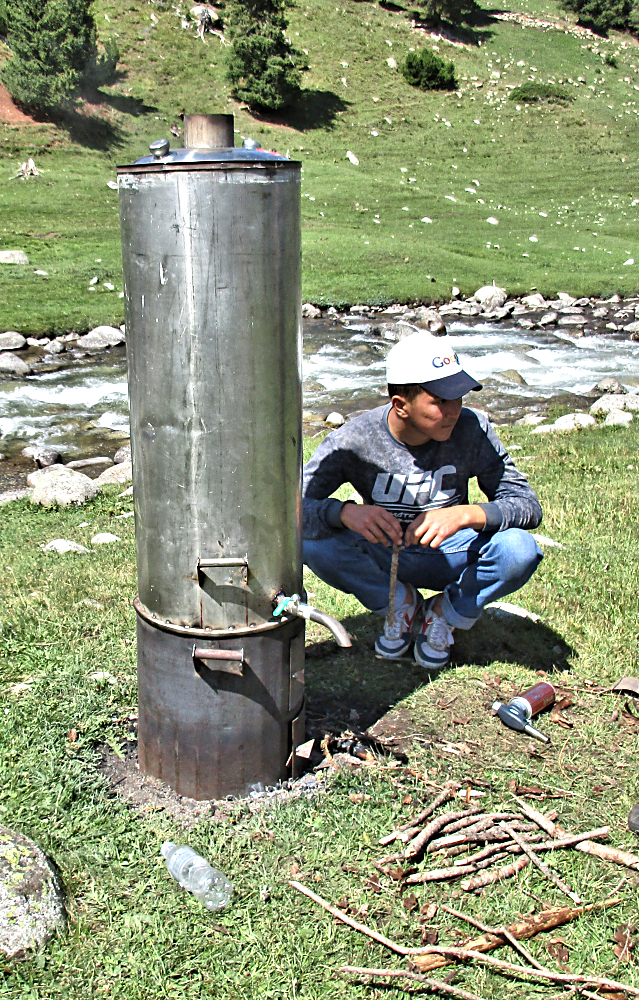
On the marshutka (bus) from Cholpan Ata to Bishkek, we had a rest stop at about the half-way point. There were lots of cafes, each with a collection of fired-up samovars in front—a kind of advertisement promising endless cups of tea!
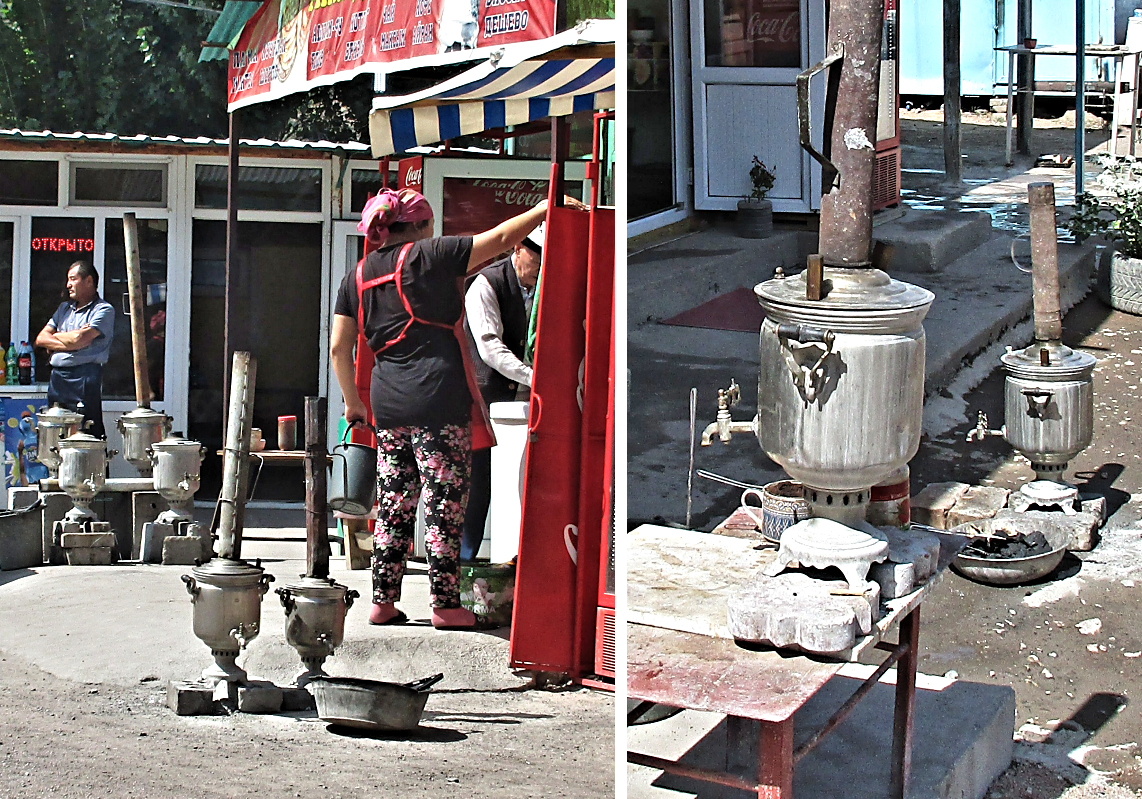
Inspired?
Want to learn more about how I travel?

Other Blog Posts You May Find Interesting
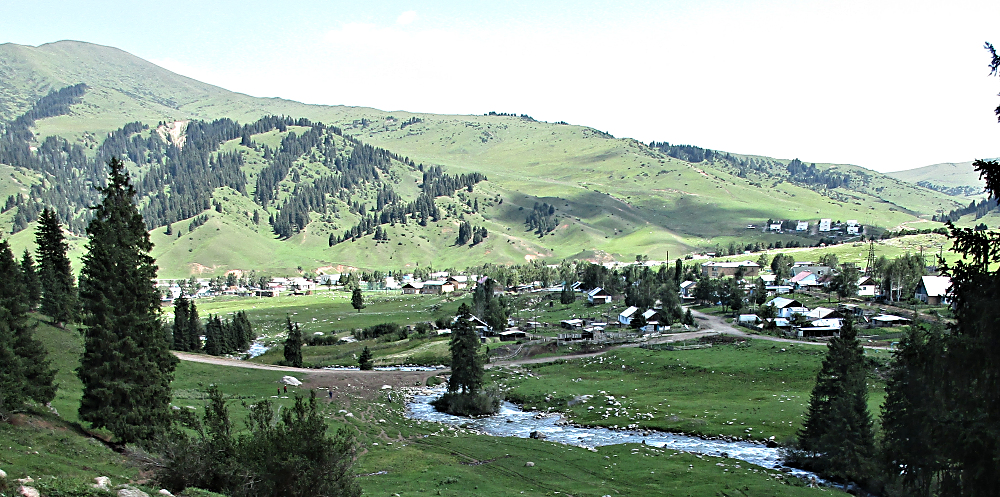
Jyrgalan…The Phoenix of Kyrgyzstan
the Russians moved away. And, they did something inexplicable, but very common to humans—they burned their homes. The only people left were the ethnic Kyrgyz people, and slowly the village began to die.
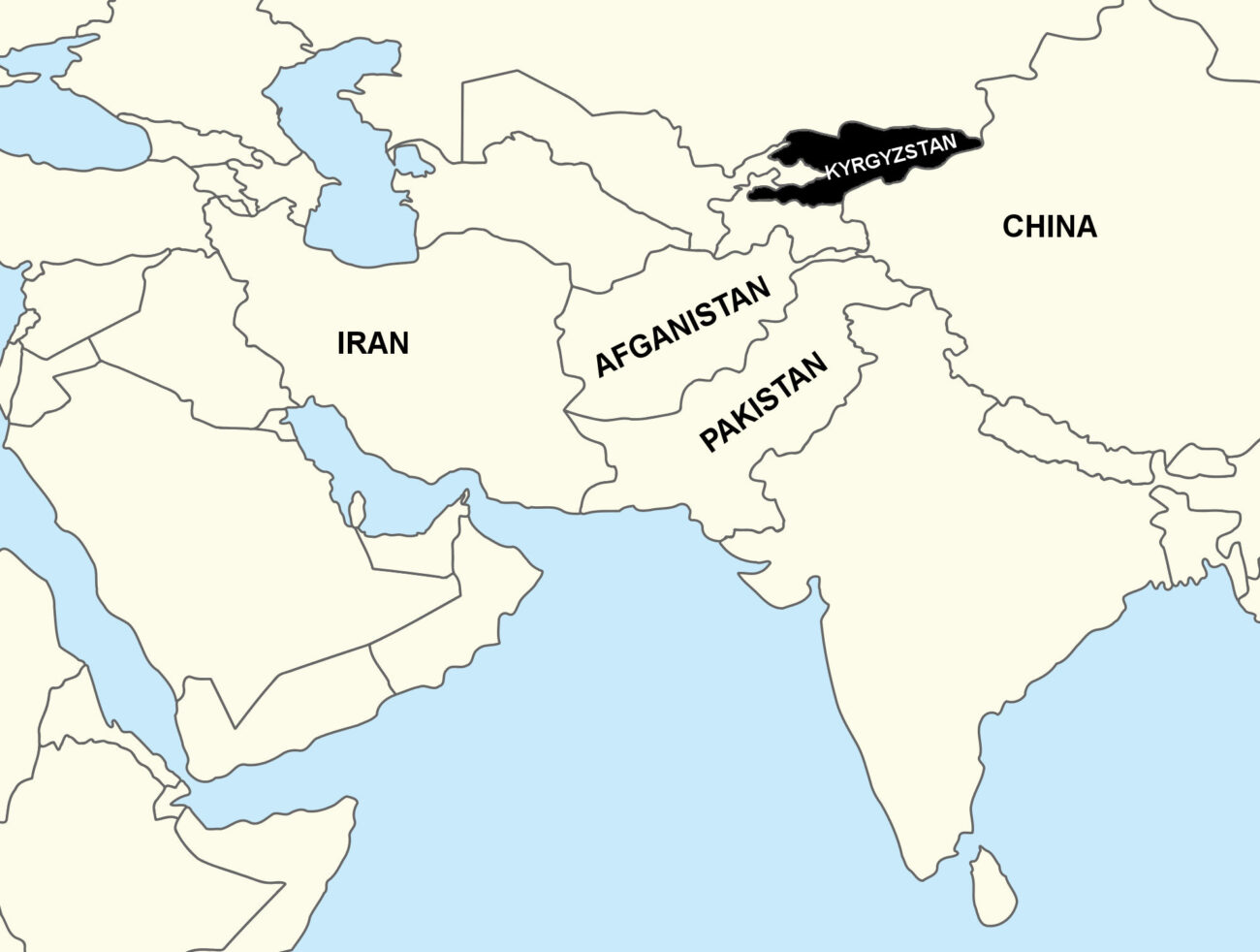
“She’s WHERE??? Where in the world is THAT??”
I confess, before last Christmas, I did not even know there was a country named Krygyzstan.
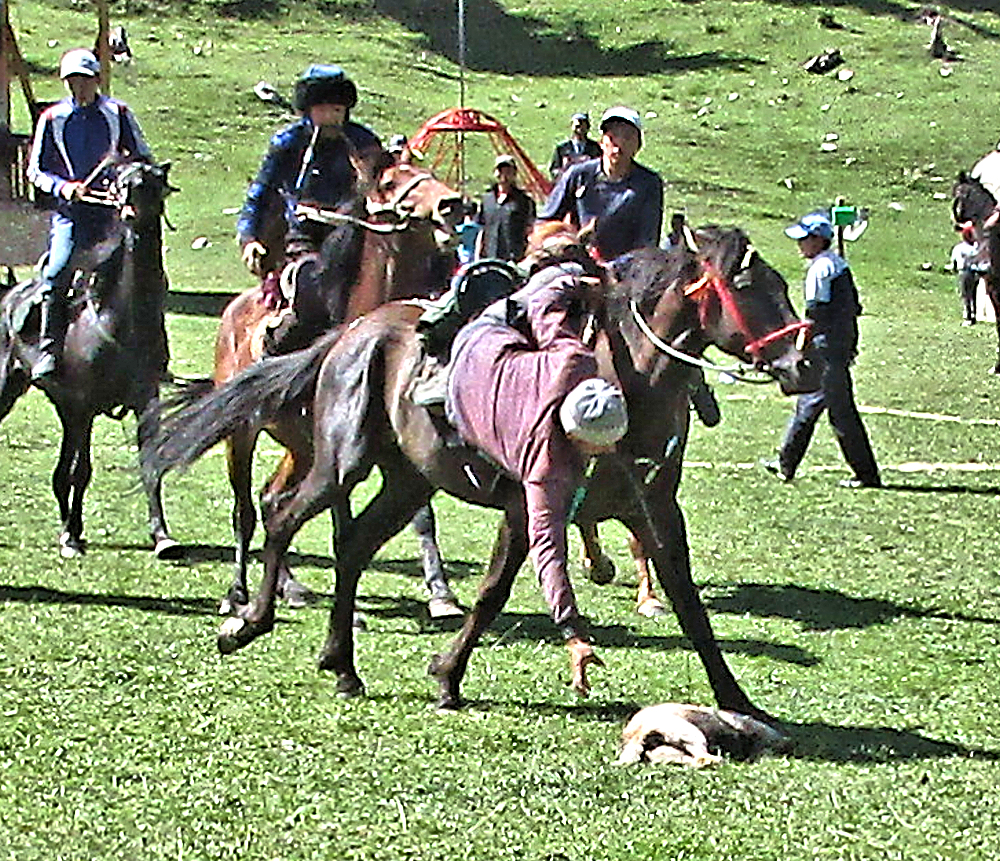
The Jyrgalan Summer Festival: Learning about Kyrgyz Traditions
There were also demonstrations of how ala-kiyiz felted carpets are made, opportunities to taste kumiz, (fermented mare’s milk), and a lunch of beshbarmak with plenty of tea available!